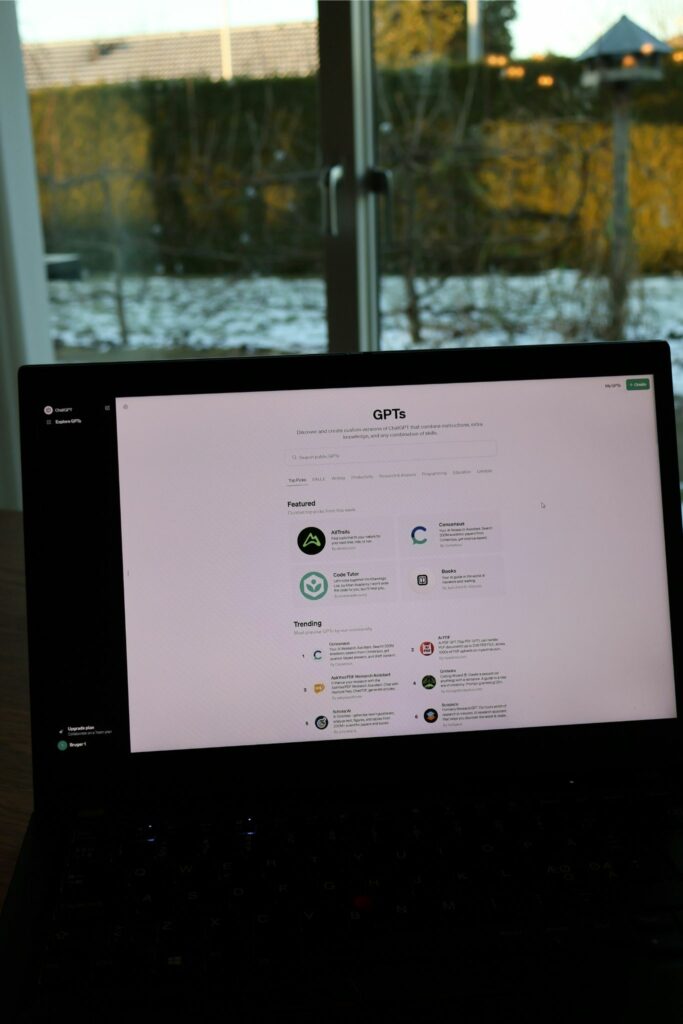Based on a recent Gartner survey, 63% of marketing executives intend to make a short-term investment in generative AI solutions. This is not surprising given the variety of possible marketing applications—such as using predictive models, automating repetitive editing activities, or scaling up tailored experiences.
The creative process is one crucial area of marketing where generative AI can have a big impact. Since more than 15 billion photographs were produced using AI between 2022 and 2023—more than the total number of photos on Shutterstock and equivalent to one-third of all images ever shared to Instagram—creativity has indeed emerged as Gen AI’s “killer use case.”
The expansion of social media platforms has forced marketing teams to provide content more quickly than ever before. This added strain affects marketing managers who plan and are now in charge of posting social media material with greater speed and creatives and designers who create final products. There is a need for more media, more understanding of what works, shorter production timelines, and more timely posts. Marketing executives will need to figure out how to be more productive and efficient in order to handle the increased pressure to produce more content.
Leveraging generative AI in marketing: Enhancing productivity through automation, prototyping, and ideation
In response to a question on how the marketing teams may use these generative AI models to increase productivity, Krishnamurthy said, “My research identifies three contexts in which they can leverage these tools: automating repetitive editing tasks, rapid prototyping, and idea generation.” Teams in charge of marketing could first automate time-consuming photo editing chores. This involves adjusting lighting, removing or replacing backgrounds, removing objects, adding or inserting new things, and enlarging picture size. Excellent designers and a lot of effort are needed to edit photos to create final products of excellent quality. In this step of the production process, generative AI can save a ton of time.
Second, you can save a ton of time while rapid prototyping with generative AI. You should frequently test and experiment with various color schemes and settings once your creative team has created a visual concept. For instance, if you’re thinking about designing a new package, text-to-image generative AI tools can provide mock-ups of several visual possibilities, such as different color schemes, fonts, and images, so you can evaluate and experiment with different ideas more quickly and easily.

Last but not least, a text-to-image generative AI tool can greatly assist marketing teams who already have a rough idea or concept in mind by generating a wide variety of images that can stimulate their imagination.
As an illustration, if your campaign is about new environmentally friendly packaging, you can start generating ideas by asking a text-to-image model to provide graphics that communicate eco-friendliness and sustainability. The resulting images will speed up the idea-generating process and are excellent conversation starters.
When asked to give an example, Krishnamurthy mentioned Owen Jones, a creative agency that works with some of the biggest names in the world. Owen Jones effectively uses text-to-image generative AI for early ideation and can quickly produce rough drafts of ideas to see if they will work.
Final thoughts
In conclusion, the integration of generative AI into marketing workflows represents a transformative shift for the industry. With a significant number of marketing executives planning short-term investments in these technologies, it’s clear that the potential benefits are widely recognized.

Generative AI offers remarkable advantages in automating repetitive tasks, facilitating rapid prototyping, and enhancing the ideation process. As evidenced by the massive surge in AI-generated images and the practical applications by agencies like Owen Jones, generative AI is poised to become an indispensable tool in the marketer’s arsenal.
By leveraging these tools, marketing teams can meet the increasing demand for high-quality, timely content, ultimately boosting productivity and fostering greater creative innovation.
(Tashia Bernardus)
